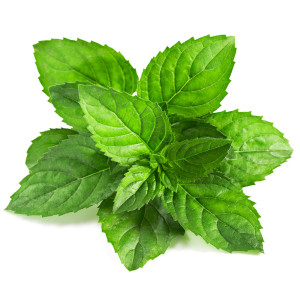 Herbs! What’s not to love? Because they’re the leafy part of the plant (rather than the bark, seed or root, which are considered spices), they’re one of the first signs of spring to grace the dinner table. Seriously, if there’s no basil plant sunning itself in your garden or on your windowsill by now, remedy that oversight; it will repay you a thousand times over in herb butter and pesto this summer.
Herbs! What’s not to love? Because they’re the leafy part of the plant (rather than the bark, seed or root, which are considered spices), they’re one of the first signs of spring to grace the dinner table. Seriously, if there’s no basil plant sunning itself in your garden or on your windowsill by now, remedy that oversight; it will repay you a thousand times over in herb butter and pesto this summer.
But I digress. Test how well you really know your herbs by trying to name the correct one for each of the fun facts listed below. This is a tough one, guys, so if you manage to get even half, consider yourself a perfect herbivore.
- A belief in ancient Greece held that this herb (whose name comes for the Greek word for king) would only grow if you screamed curses while planting the seeds.
- An English tradition is to plant large patches of this herb as a playground for fairies.
- Some people have a gene that causes them to experience this herb as having a nasty soapy flavor.
- Some mothers take this herb to help with lactation, but a sweet side effect is that it can make their sweat and urine smell like maple syrup.
- This flowering herb prized mostly for its scent was thought to protect the wearer from the bubonic plague when worn around the wrist.
- In ancient Rome, this was the most important medicinal herb, so important that our word for it comes from the Latin term meaning “to save.”
- This herb is associated with the Virgin Mary, because there’s a story that the flowers of the plant got their color after she placed her blue shawl on one of the bushes to dry it.
- This herb has been found in Egyptian tombs dating back to 1000 BC, and Mexicans like it so much that they call it simply yerba buena, meaning “good herb.”
Don’t scroll down or click “Continue” until you’re reedy for the answers!
Answers:
- Basil
- Thyme
- Cilantro (or coriander)
- Fenugreek
- Lavender
- Sage
- Rosemary
- Mint
